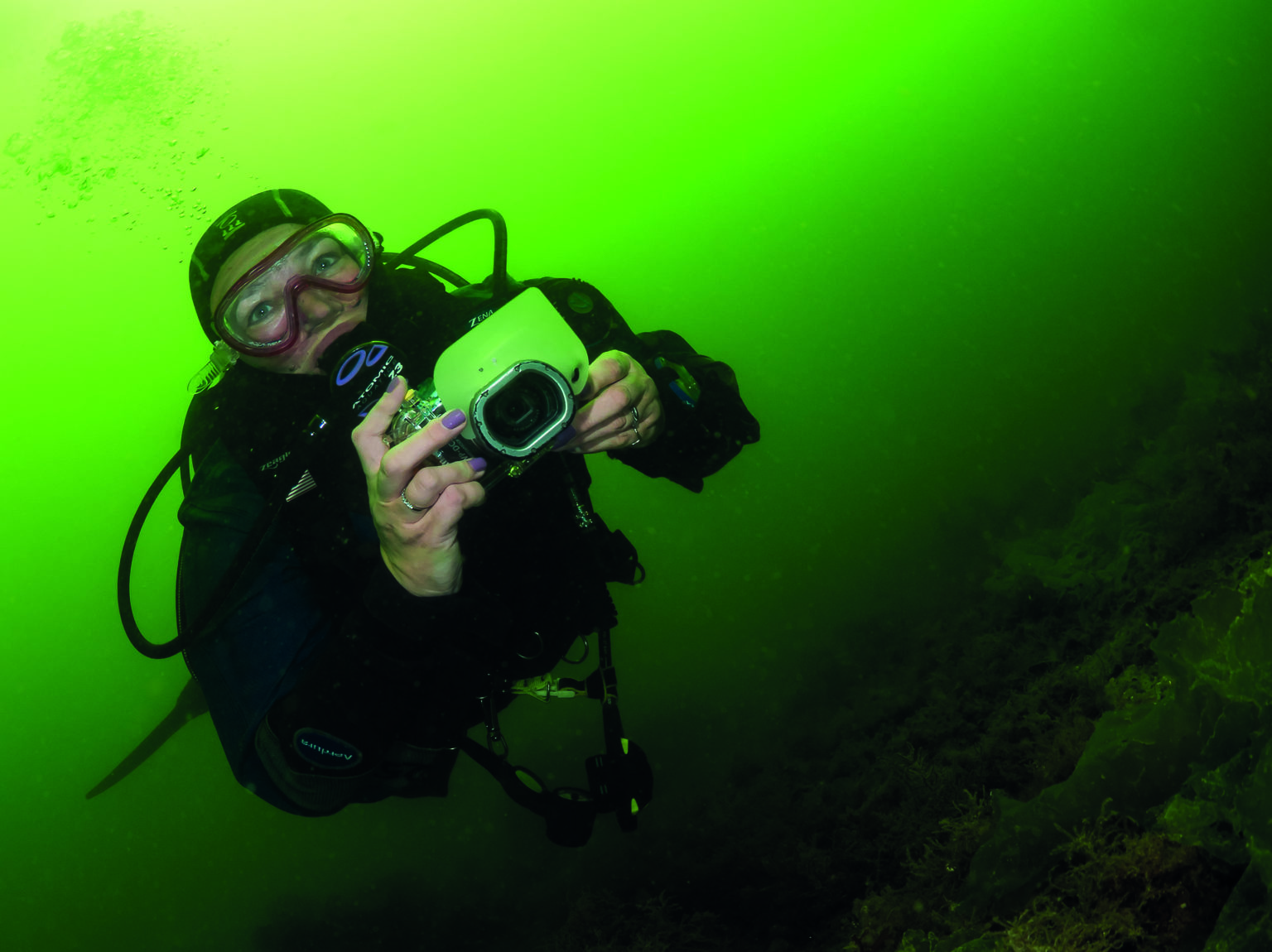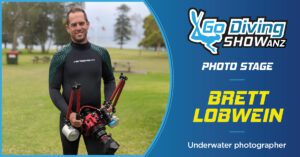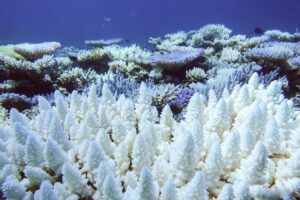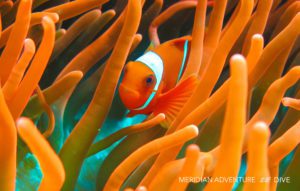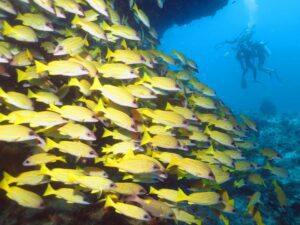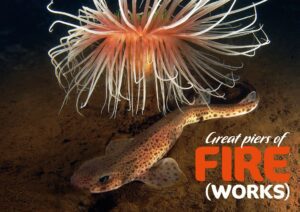Paul Duxfield
I’ve always been interested in photography, since I was in my early teens, moving in to a more-professional scenario when I left school and worked for the local press and in a specialist local camera store. So photography in one shape or another has been a way of life to me.
A long time before I learnt to dive in the early 1990s, I used to snorkel and put my film SLR inside a flexible UWA Marine housing for snorkelling while on holiday.
I was then by a series of very lucky chance encounters introduced to the world of scuba, by my long-time friend Bob Johnson (Ras Bob), who was working with the late Mike Portelly, who had made a landmark underwater film out in Sharm with Bob, and who had also shot a Next modelling campaign underwater.
Mike very kindly paid for my ticket to Sharm in 1992 in return for some video work I had done for them, where I stayed with Bob and learnt to dive. I then travelled back and forth to the Red Sea in the mid-1990s, staying for longer and longer each time under the mentorship of Mike and Bob.
I got the chance to run rolls of film through Nikonos cameras and housed film SLRs, but most of the time I was involved with filming jobs for TV, helping Bob and being a general dogsbody and buddy.
One job in 1997 with Granada TV paid for me to stay in Sharm for a couple of months and complete my Rescue and Divemaster training, and so I set up home there. I dabbled a bit in stills photography, but for me the running costs were still too expensive, and so I concentrated mostly on video, where I could make a few extra quid filming guests on the boats.
I left Sharm just as digital still photography with compact cameras was starting to become a thing, and become more affordable to the masses. I moved to London and joined Cameras Underwater at the crest of this digital wave.
I first shot with compact Sony and Olympus, then the Canon compacts pretty much took over, and I like to think we made underwater photography much more accessible to the mainstream divers, as housed DSLRs were, and still are, very expensive.
This led to me writing for another magazine and giving talks on the subject, while producing content for adverts and articles and the like. Then I started working back out in the Red Sea and beyond, sharing my skills and experience, combining my old job as a guide with my background in photography going all the way back to my teens.
I continue to learn, but I love to share what I’ve learned along the way. I’m very lucky.
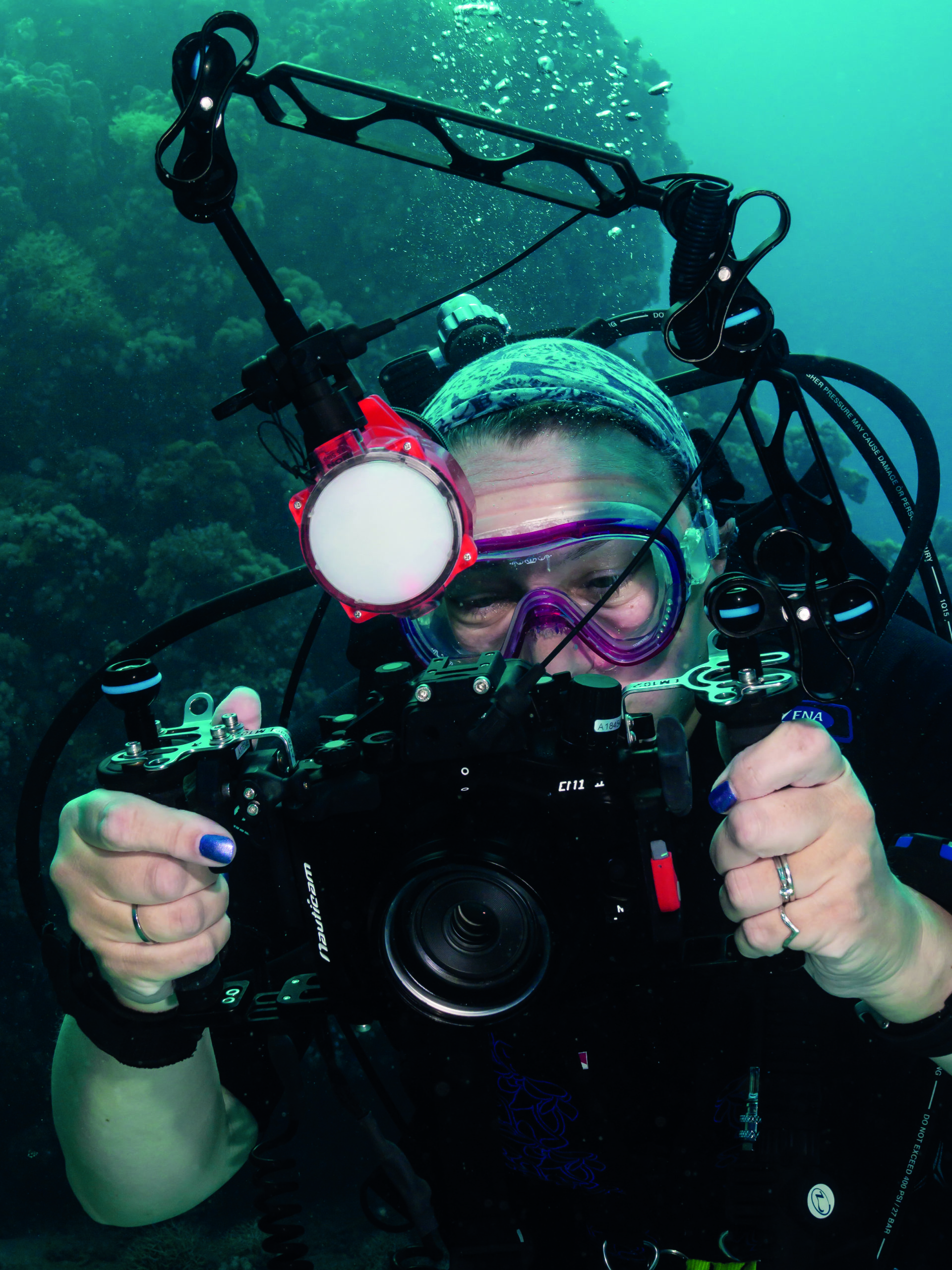
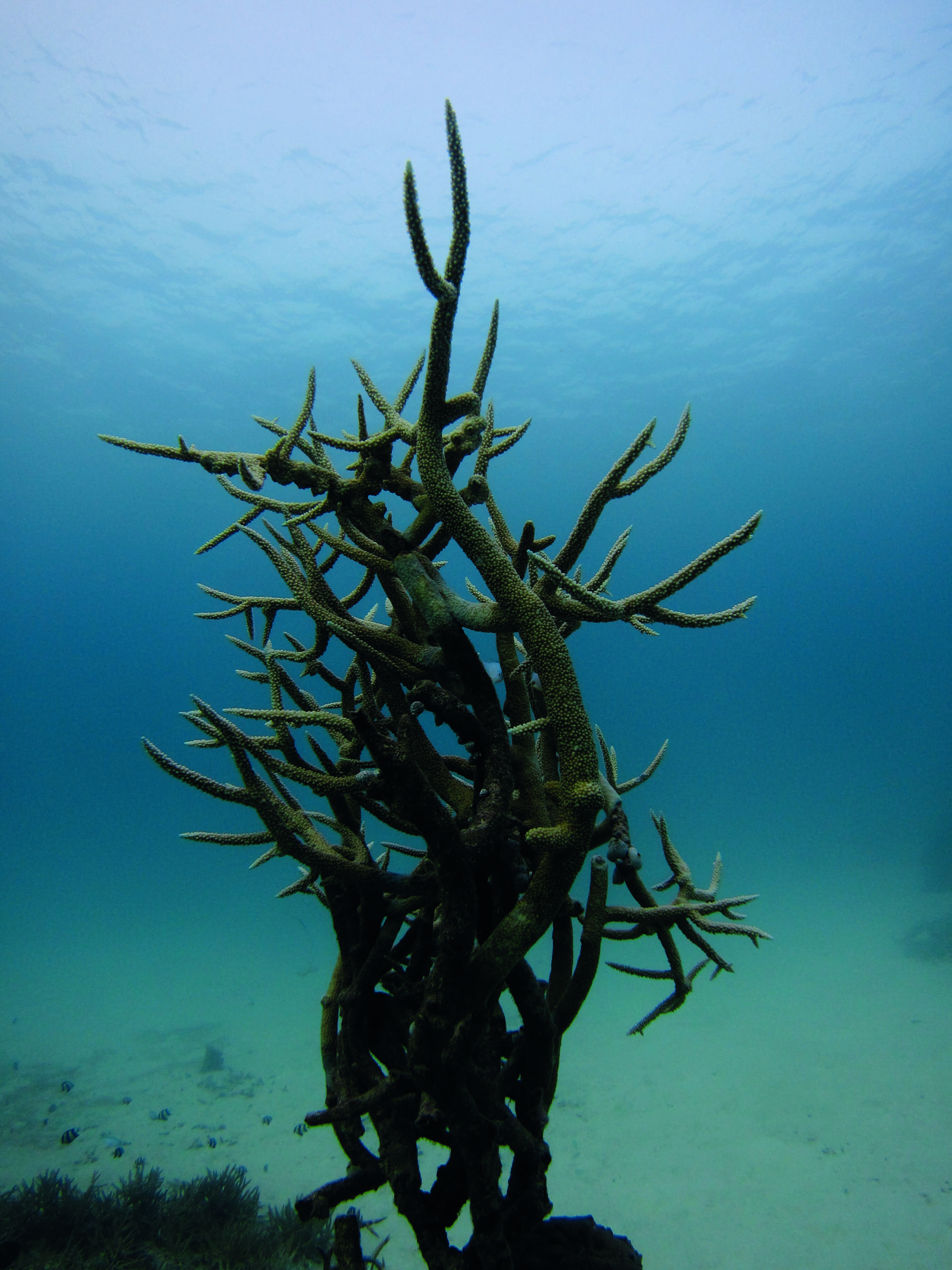
Anne Medcalf
Before learning to dive in 2006, I only used a camera for snapshots of my children and holidays. I started using a Fuji f30 digital camera right after I had qualified as a diver, this was bought as a shared camera with Phil and as I gained confidence diving I found that I had got hooked on having a camera with me underwater and resented it when it was Phil’s turn!
That was the point where another camera and housing was bought so we each had our own camera, which does mean we have doubled our underwater photography costs.
Initially I wanted to take photos on a dive as an aide memoir for writing my logbooks and so I had a record of what marine life I had seen, but once I had gotten a few nice shots, mostly through luck, I wanted to improve my photography and get pictures like the ones I saw in the diving press. After doing an internet search I found some articles and blogs about how to improve underwater photos.
Learning some basics made a big difference, but deciding to book on an underwater photography workshop was the step that led to massive improvement and a real passion for taking photos.
It also improved my diving as I needed to go slowly and take my time to look for tiny subjects. Having longer and more-relaxed dives meant that I could spend time trying new techniques and equipment.
Getting to the point where we are teaching others and running workshops ourselves has made it all worth it, we love being able to share our passion for underwater photography and help others to get better results.
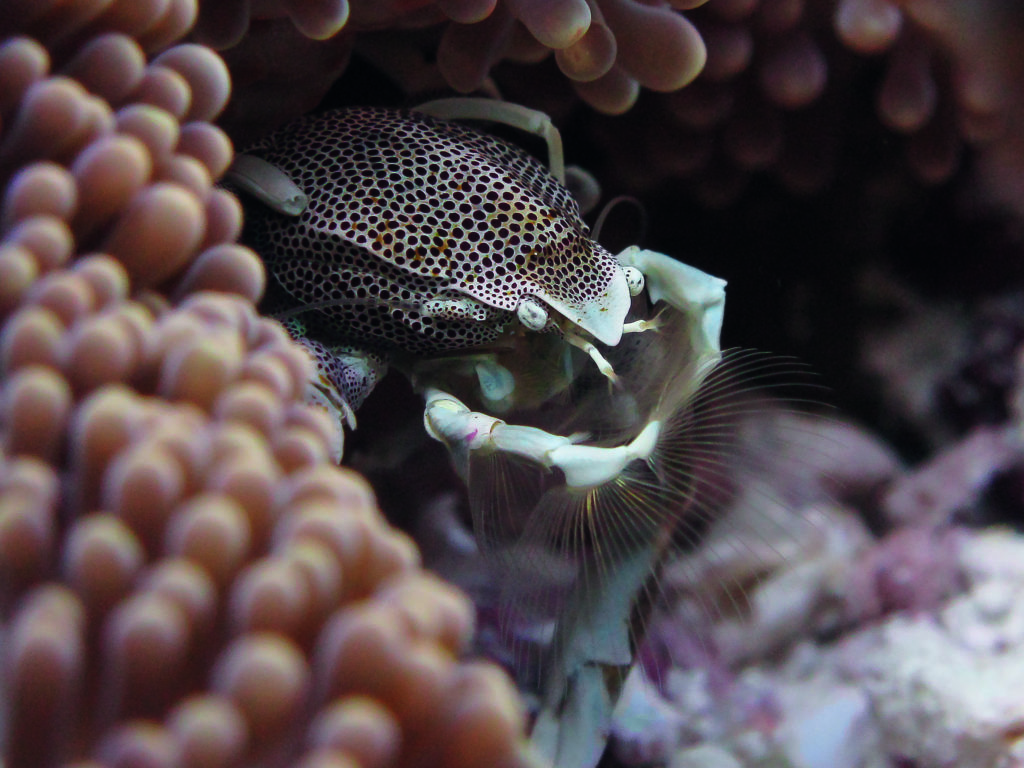
Phil Medcalf
The first time I used a camera underwater was in 1994 in the Red Sea having learned to dive a few years earlier with Sunderland Polytechnic Sub Aqua Club. My first efforts were with a Fujifilm 35mm disposable waterproof camera that cost about £10. A couple of years later I bought a Bonica Snapper, a very basic 35mm compact camera in a housing which I used until 2006.
I’d shoot a lot of film and spend a lot on developing, but the results were always hit and miss, with a lot more misses than hits. Changing to a digital camera with the ability to review pictures underwater and near-unlimited shots with no developing costs was a real boon.
Having started with Fuji, then Canon compact cameras, we both moved to Olympus Micro-Four Thirds mirrorless system cameras and it is really helpful for us from a teaching point of view having had experience with different camera brands and designs.
Once Anne and I started going on regular underwater photography trips, we both had a steep learning curve and also a lot of fun along the way. The competitive spirit we have between us helped to push us to get better shots and learn the skills we needed to improve our photography.
Entering competitions both for underwater photography and mainstream ones was a great motivator to spend time looking through our pictures and planning what we wanted to achieve on trips. When we started to have some success, it spurred us on to get involved in the professional side of things by doing some teaching – and it spiralled from there!
